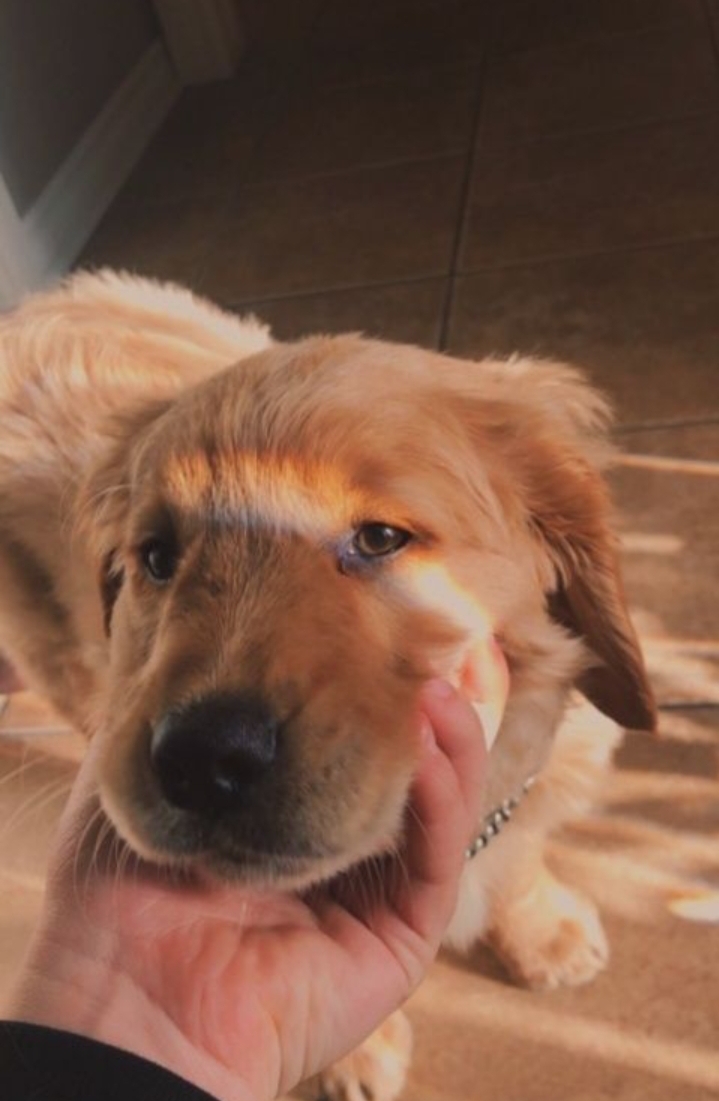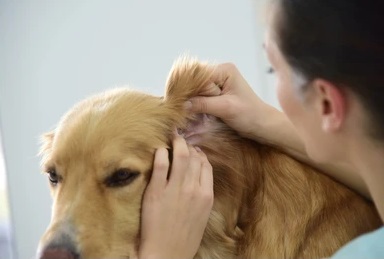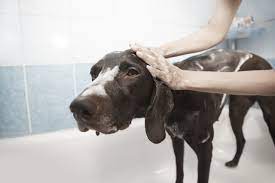Regular grooming is important for dogs of all breeds – it helps them maintain a shiny, tangle-free coat and gives you the chance to check for parasite infestations and skin issues, improving their overall hygiene. Plus, grooming can be a one-on-one bonding experience for you and your pet. Grooming is an important part of being a dog parent.
Regularly brush your dog’s coat
Regardless of breed, your dog will need regular brushing to keep its coat shiny and glossy. The amount of brushing per week depends on your dog’s coat length and texture. Longhaired breeds like golden retrievers and border collies will need more frequent brushing while shorthaired breeds like greyhounds or Labradors may need a good brushing only every other week.
For longhaired dogs, badly matted hair can cause pain. Dogs will lick or bite themselves at the source of irritation, which may result in skin infections. Foreign bodies like grass seeds can hide inside a matted coat, and can even cause an abscess into the skin.
Before you get a pet

Safely trim your dog’s nails

You should trim your dog’s nails when you hear them clicking on the hard floors in your home. This will prevent your dog from experiencing discomfort from overly long nails. However, before you trim your dog’s nails for the first time, you’ll need a few safety tips. Also, use the nail cutter/clippers and tools for canine pedicures special designed for your furry friend for the safe trimming.
Check your dog’s skin as you groom

Allergic skin diseases are common in dogs, causing itchiness and making them scratch, chew or lick their skin. In addition to making your pet miserable, external parasites like fleas, ticks, lice and mites can transfer diseases or other parasites like the tapeworm.
Make a habit of checking your dog’s skin every time you groom them. Start by running your fingers through your dog’s coat, feeling its skin for unusual lumps or bumps. You can investigate further by parting the coat to examine the skin more closely for sores, redness, rashes, bald spots and evidence of parasitic infestations.
Regularly examine your dog’s ears

While grooming your dog, remember to take a closer look at its ears. Ear infections can be painful, take your dog to your vet for a check-up in case you notice any of the following changes or behaviors such as; the inside of the ears is inflamed or moist, the ears smell odd, dog shakes its head or scratches at its ears, the ears contain more or a different kind of discharge than usual and your dog whines or yelps during examination of its ears.
Don’t bathe your dog too often
Most dogs with healthy skin only need to be bathed every couple of months to prevent hygiene issues and unpleasant odors. Bathing your dog more often than this can strip the natural oils from its coat and dry out its skin.
If your dog smells bad but hasn’t rolled in something awful, then you should discuss this with your vet. Underlying issues may indicate dental disease or a skin infection.












































